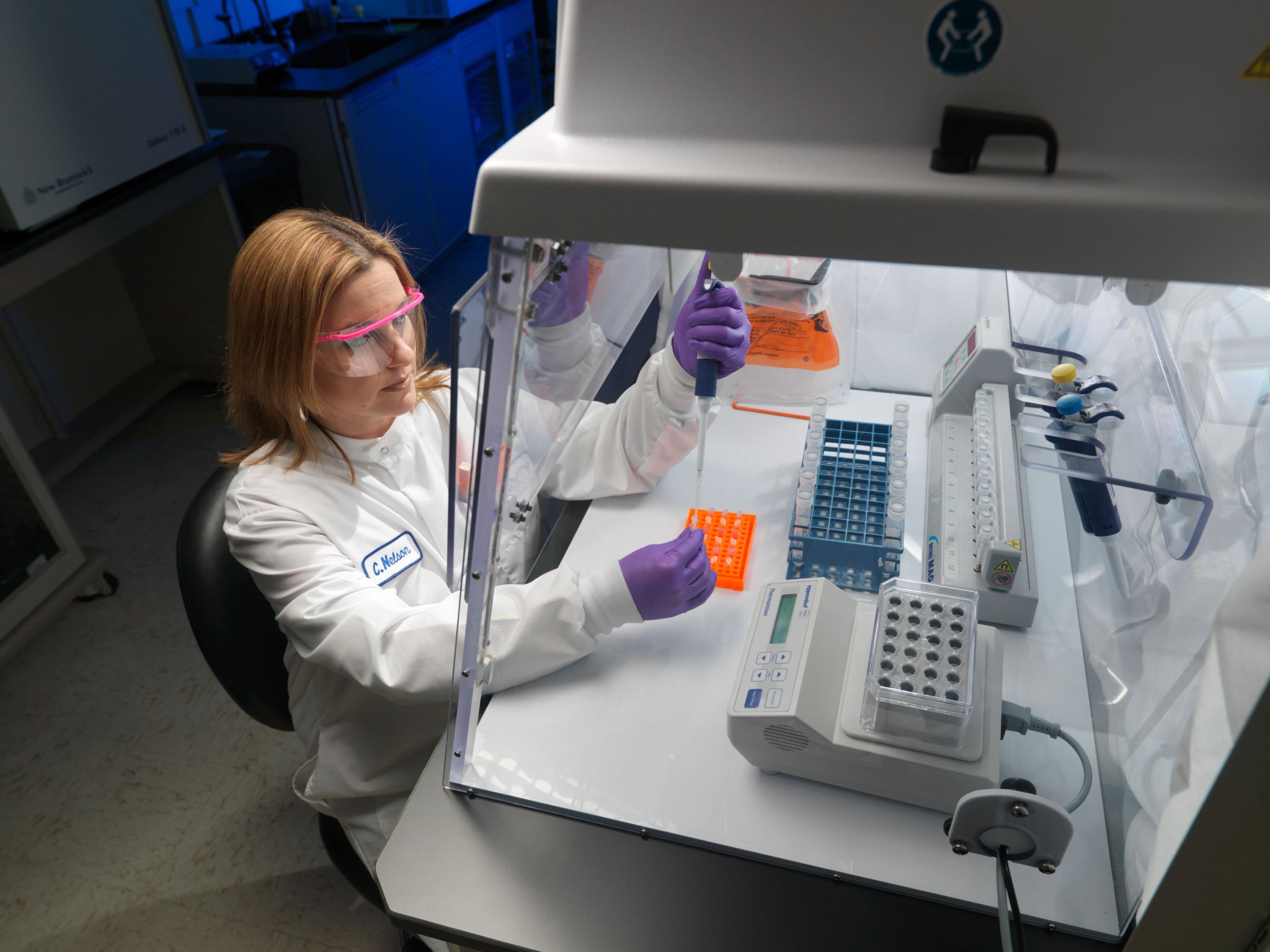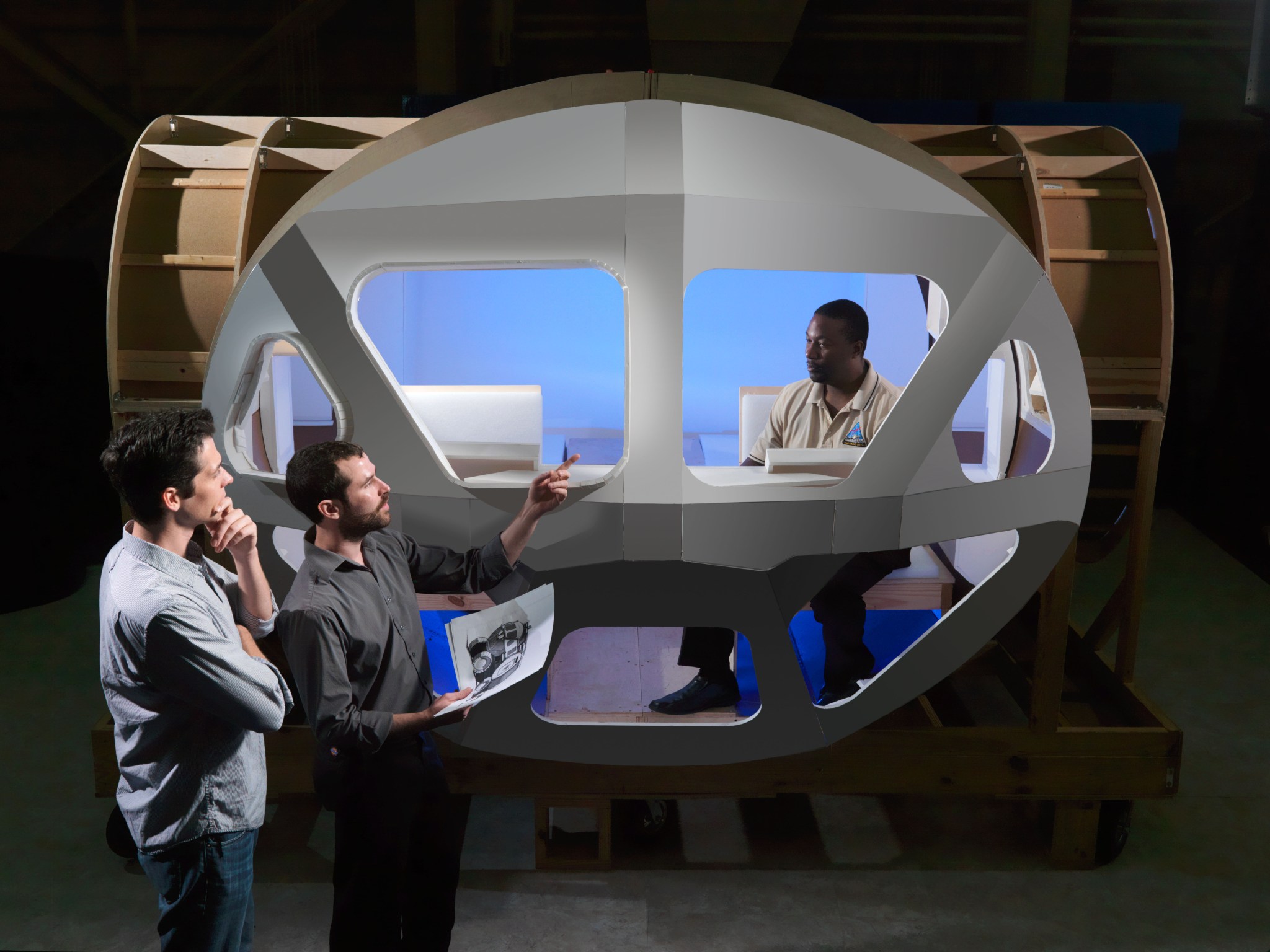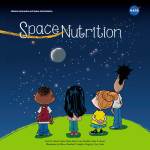The Business and Information Systems Services Office
The Business and Information Systems Services Office (BISSO) provides institutional business functions and Information Technology (IT) services for the Human Health and Performance Directorate. Our business functions include the following:
- Administrative support
- Certification of Flight Readiness support team
- Configuration and Document Management
- Export Control and Quality Management
- Partnerships and Grants
- Facility Management, Safety, and Risk Management
- Contract and budget/financial services
The institutional IT services include information support and information systems services, including:
- Asset Management and Procurements
- Enterprise Architecture and Data Integration Management
- New software projects and sustaining, and website development
- IT security
- End-User support for HHPD workstations
- Onboarding and offboarding tasks
The BISSO is a customer support-focused organization established to enable the work done in HH&P and in support of human spaceflight missions to low earth orbit, as well as emerging programs aimed at putting the first woman and next man on the moon, and onward to Mars.
The Biomedical Research and Environmental Sciences Division
The Biomedical Research and Environmental Sciences (BRES) Division is responsible for understanding human adaptation to spaceflight and planetary environments, providing efficient countermeasures, and collecting medical assessment test data for assessing crew health. This Division also develops and disseminates scientific and technological knowledge collected through research activities and projects. The BRES Division provides a unique set of products and services within the JSC’s HH&P related to the scientific evaluation, validation, and certification of the optimal countermeasures required to maintain astronaut health and performance during and after long-duration space exploration. These activities fall under the following Branches:
Exploration Science Integration Office
The Exploration Science Integration Office (ESIO) establishes clear entry paths for program customers and key stakeholders to gain access to Division research and operational expertise, guides Division experts to address the highest risks to humans exposed to hazards of the spaceflight environment, and maintains an overarching view of our hardware needed to support future design reference missions. The ESIO core team leverages leaders across a diverse team of experts from clinical, research and operational backgrounds and expertise.
Biomedical Sciences
The Biomedical Sciences Branch includes a variety of intramural life science physiological laboratories that conduct peer-reviewed, applied research as well as provide specific clinical and operational expertise in support of the health and safety of astronauts. The Branch scientists and discipline experts conduct biomedical research in flight aboard the ISS as well as in spaceflight analog environments. This affords the opportunity to better characterize the effects of microgravity on human physiology and to evaluate candidate countermeasures.
Environmental Sciences
The Environmental Sciences Branch is a multi-disciplinary group that is charged with addressing the scientific challenges and uncertainties associated with the spaceflight environment. This Branch ensures that environmental standards and crew health and safety are achieved onboard space vehicles and provides critical analytical data for NASA decision-making. Specialists develop NASA spacecraft environmental standards and flight program requirements for air and water quality, toxicology, and microbiology.
The Human Systems Engineering and Integration Division
The Human Systems Engineering and Integration Division is responsible for overseeing the design, integration, research, and technology development to enable humans to safely and effectively live and work in space. This work includes human systems integration, human factors and habitability systems, system and project management, hardware development, and sustaining engineering for the Human Health and Performance Directorate. These activities fall under the following Branches:
Program Integration Branch
The Program Integration Branch (PIB) provides the HH&P Directorate core capability in Systems Engineering & Integration (SE&I) for human spaceflight programs in all phases of implementation including Model-Based Systems Engineering (MBSE) capabilities. The PIB provides support to programs and projects as assigned and specializes in cross-program integration. This includes Program and Science Management of Human Research Elements as assigned by the Human Research Program (HRP); Systems Engineers and Integration Leads for all programs, including Orion, Exploration Systems Development (ESD), Gateway, and other emergent human spaceflight projects and programs. ESD support includes cross-program safety representation for HH&P issues and management of integrated hazards and risks related to the human system. The Program Integration Branch also provides Agency expertise in Human Systems Integration (HSI), as well as management and development of HH&P requirements and support of verification and validation for the standards and requirements for human spaceflight programs and projects.
Habitability and Human Factors Branch
The Habitability and Human Factors Branch (HHFB) is responsible for ensuring that space human factors, including human physical parameters and performance capabilities and limitations, are defined, documented, and applied to the design and operation of vehicles, habitats, and flight crew systems equipment to ensure the safety and productivity of humans in space. Crew station integration and crew interface analysis for flight crew systems are also performed by this group in support NASA’s human space flight programs. This group establishes conceptual designs for habitats and crew systems; verifies human-machine interfaces and the operational habitability of spacecraft and habitats; and oversees and conducts research in space human factors to improve human performance and productivity. The HHFB maintains and provides subject matter expertise in technical disciplines such as Human Factors Engineering, Human Testing and Analysis, Space Habitability Design, Acoustics, and Lighting.
System and Project Management Branch
The System and Project Management Branch (SPMB) provides System Management, Project Management, Space Food, and HH&P Safety expertise to ensure crew health and safety for all human space flight programs. The System and Project management team is responsible for managing technical requirements, budget, schedule, and risk for flight hardware and software development, certification, operations, and sustaining engineering related to crew health and performance. This includes Research Operations Integration (ROI) Laboratory dedicated to the task of qualifying new flight hardware/software payload systems for use on space vehicles. The branch also includes the Space Food Systems Laboratory, responsible for production of food for crewmembers as well as research and development of advanced food technologies. The HH&P Safety team supports Program-level Safety Panel, Hazard Report, Non-Compliance Report (NCR), and Safety Product reviews and provides risk assessments to protect the health and safety of our crewmembers.
The Space and Clinical Operations Division
The mission of the Space and Clinical Operations (SCO) Division is to optimize the health, fitness, and well-being of flight crews, their dependents, and employees of the Johnson Space Center (JSC) and White Sands Space Harbor (WSSH). The SCO Division provides a unique set of products and services within the HH&P and to JSC related to medical and psychological care of astronauts, epidemiological services, clinical and diagnostic services, occupational health, wellness and rehabilitation programs, and human test medical support. These activities fall under the following Branches:
Human Space Flight Operations Branch
The Space Operations Branch provides medical support for all spaceflight and space analog missions, expert medical input to program boards, flight rule recommendations, U.S. and International training to both flight and ground crews, medical care guideline requirements for space health care systems, and physical strength conditioning and rehabilitation for crewmembers. Current programs supported include the International Space Station (ISS) and the Human Research Program (HRP).
Occupational Health Branch
The Occupational Health Branch provides occupational, aerospace, dive, emergency, and preventive medicine as well as field occupational and industrial health services to the civil servant, contractor, and astronaut populations at the Johnson Space Center (JSC) and its satellite facilities. The purpose of the Branch is the recognition, evaluation, control, and elimination of illness and disease associated with the flight and institutional work environment and to ensure the health, productivity, and wellness of JSC team members. This work also includes NASA and JSC health program policy development, implementation, and oversight for all organizations at or in association within JSC.






































